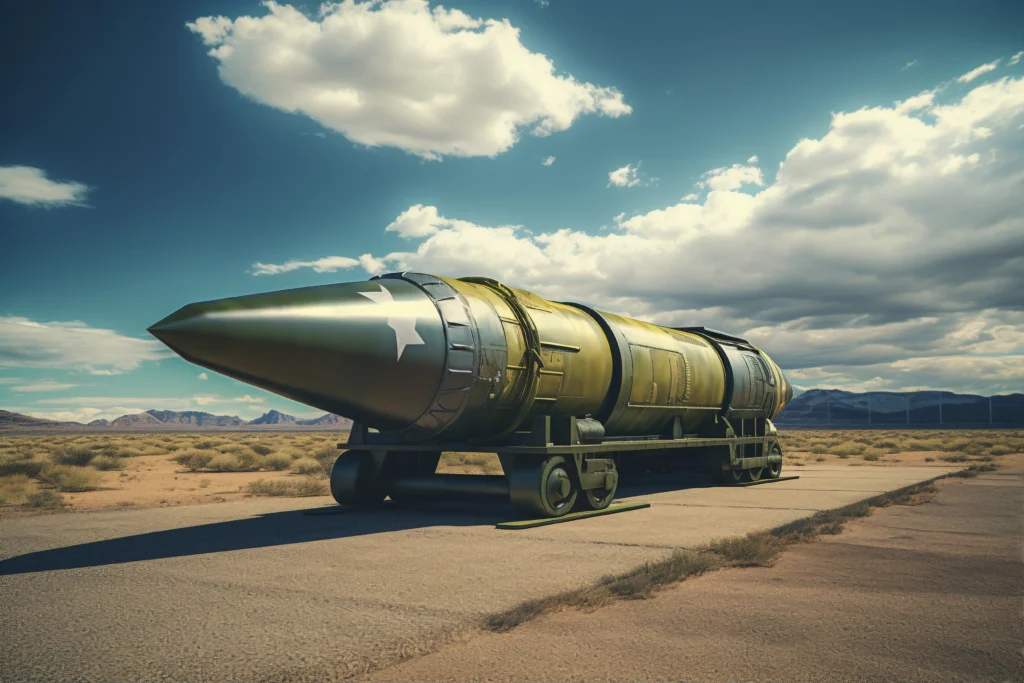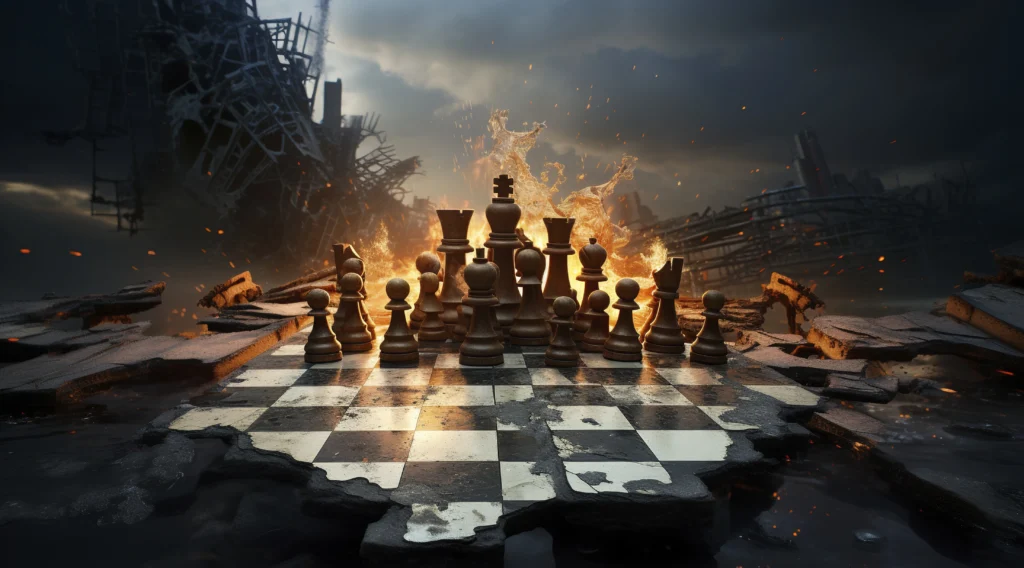In the ever-volatile Middle East, two regional powerhouses stand in stark opposition — the Islamic Republic of Iran and the State of Israel. Over the past decade, both nations have intensified military preparations amid escalating threats, shadow conflicts, and proxy wars. Central to this standoff is the growing Iranian missile arsenal and the unmatched military sophistication of Israel.
Iran has been steadily building one of the largest missile programs in the world, using it as a primary tool of deterrence and regional influence. Meanwhile, Israel, though smaller in size and population, maintains a cutting-edge military force that ranks among the world’s most advanced — bolstered by extensive U.S. support, unmatched air power, and a multi-layered missile defense system.
As tensions flare, military analysts, politicians, and citizens alike wonder: if a direct confrontation were to erupt, who would prevail? The answer is complex, and the consequences of such a conflict would be far-reaching. This article explores and compares the military strength of Iran and Israel — from ballistic missile capabilities to defense systems, proxy influence to strategic doctrine — to assess where the balance of power truly lies.

Iran’s Missile Arsenal: Quantity, Range, and Regional Reach
Iran’s missile program is the cornerstone of its military doctrine, compensating for its weaker air force and naval power. The Islamic Revolutionary Guard Corps Aerospace Force (IRGC-AF) controls a vast and growing arsenal of missiles designed to project power across the region and deter adversaries — particularly Israel, U.S. assets in the Gulf, and Sunni Arab rivals.
- Ballistic Missiles: Iran’s medium-range ballistic missiles like the Shahab-3, Emad, and Sejjil have ranges between 1,300 to 2,000 kilometers, capable of reaching deep into Israeli territory. The more recent Khoramshahr missile can carry multiple warheads and is harder to intercept.
- Cruise Missiles and Hypersonics: Iran has developed cruise missiles like the Soumar and Ya-Ali, which offer lower flight profiles and improved precision. The introduction of the Fattah-2, a hypersonic missile capable of maneuvering during flight, signals a technological leap that could potentially challenge missile defense systems.
- Drones and Loitering Munitions: Iranian-made drones, such as the Shahed-136 (used extensively in Ukraine via Russia), now form a critical part of Iran’s strike capabilities. These drones are cheap, difficult to detect, and ideal for swarming attacks.
- Production and Distribution: Iran’s strength lies not just in what it possesses, but in what it exports. It has transferred missile technology to Hezbollah, the Houthis in Yemen, Shiite militias in Iraq, and others — effectively turning the region into a chessboard of missile launch points.
Despite this breadth, Iran still struggles with accuracy and advanced guidance systems. Most of its missiles are unguided or semi-guided, limiting their effectiveness against hardened military targets.

Israel’s Military Power: Advanced, Agile, and Defense-Oriented
Israel may be small in territory, but it boasts a disproportionately powerful and technologically superior military. Known for its agility, intelligence capabilities, and defense innovation, Israel operates under a doctrine of preemptive and precision warfare — aiming to neutralize threats before they can materialize.
- Multi-Layered Missile Defense: Israel’s Iron Dome intercepts short-range projectiles with high efficiency, while David’s Sling and Arrow-2/3 systems offer mid- and long-range protection against ballistic missiles. These systems are combat-proven and constantly upgraded to adapt to evolving threats.
- Air Force Superiority: The Israeli Air Force is the jewel of its military. With F-15s, F-16s, and the stealth F-35I “Adir” — a modified version of the U.S. F-35 — Israel maintains uncontested air dominance in the region. These jets can carry precision-guided munitions and conduct long-range strikes, including against underground targets.
- Intelligence and Cyber Capabilities: Israeli agencies like Mossad and Unit 8200 conduct advanced surveillance, sabotage, and cyberattacks. Past operations — such as the Stuxnet virus that targeted Iran’s nuclear centrifuges, and covert assassinations of nuclear scientists — showcase Israel’s ability to strike without deploying traditional forces.
- Nuclear Ambiguity: While never officially confirmed, Israel is widely believed to possess an arsenal of nuclear weapons. This unacknowledged deterrent further complicates any calculations in Tehran about a full-scale war.

Proxy War and the Geopolitical Chessboard
One of the most dangerous elements of the Iran-Israel conflict is that it rarely plays out on direct battlefields. Instead, both nations engage in a shadow war fought through proxies and covert operations across the region.
- Hezbollah in Lebanon: Arguably Iran’s most powerful proxy, Hezbollah holds more than 150,000 rockets aimed at Israel. Though mostly short-range, some are precision-guided, making them a serious threat to Israeli infrastructure and population centers. A war with Hezbollah would likely result in the most intense missile exchange in modern history.
- Syrian Theater: Iran has used the chaos of the Syrian Civil War to establish military infrastructure and arms routes near the Israeli border. In response, Israel has conducted hundreds of airstrikes to disrupt weapons shipments and eliminate Iranian military assets in Syria.
- Iraqi and Yemeni Fronts: Iran has extended its missile reach via Shiite militias in Iraq and the Houthis in Yemen. While these threats are geographically more distant, they demonstrate Iran’s intent to surround Israel with potential launch pads.
This strategic depth gives Iran flexibility and deniability, but Israel’s policy of “the campaign between the wars” — frequent, low-intensity strikes — has largely contained these threats so far.
The Outcome of a Direct War: No Easy Victory
If Iran and Israel were to enter a full-scale war, the results would be catastrophic and unpredictable. Each side brings a unique set of strengths, vulnerabilities, and tactics.
- Early Stages: Iran would likely launch a massive missile barrage through both state-controlled assets and proxies. The goal: overwhelm Israel’s air defenses and cause psychological and physical damage.
- Israeli Response: Israel would retaliate with swift and precision airstrikes targeting missile launch sites, IRGC command centers, and critical infrastructure. Its military doctrine favors fast escalation to cripple enemy capabilities early.
- Duration and Scope: Iran may attempt to prolong the conflict, using asymmetric tactics and regional allies to wear Israel down over time. Israel, in contrast, would seek to achieve military objectives rapidly to avoid international pressure and minimize casualties.
- International Intervention: Any direct war would likely draw in global powers — the U.S., Russia, and Gulf Arab states — either diplomatically or militarily, raising the stakes exponentially.
Ultimately, while Israel enjoys superior military capabilities and global support, Iran’s depth in missile warfare and regional influence means victory would come at an extremely high cost — militarily, economically, and in human lives.
Conclusion: Power, Deterrence, and the Cost of Conflict
The comparison between Iran’s missile arsenal and Israel’s military power is not simply a tale of hardware and strategy — it’s a complex equation of ideology, deterrence, geography, and global diplomacy. Both nations are aware that direct conflict could spiral into a regional or even global war, which is why their confrontation has largely remained in the shadows.
Israel’s superiority in technology, intelligence, and defense makes it more likely to prevail in a direct clash. However, Iran’s missile force and proxy network give it a powerful, if blunt, counterpunch. In this high-stakes standoff, there is no true “victory” — only varying degrees of devastation.
Preventing war, strengthening diplomatic channels, and resolving tensions through negotiation remains the most vital path forward. In the end, the question should not only be who could win a war, but how both nations — and the world — can avoid one altogether.
Table of Contents
The Main Iranian Nuclear Sites, Their Locations, and Their Importance – trendsfocus
Live updates: Israel-Iran conflict enters second week as two sides exchange fresh strikes | CNN